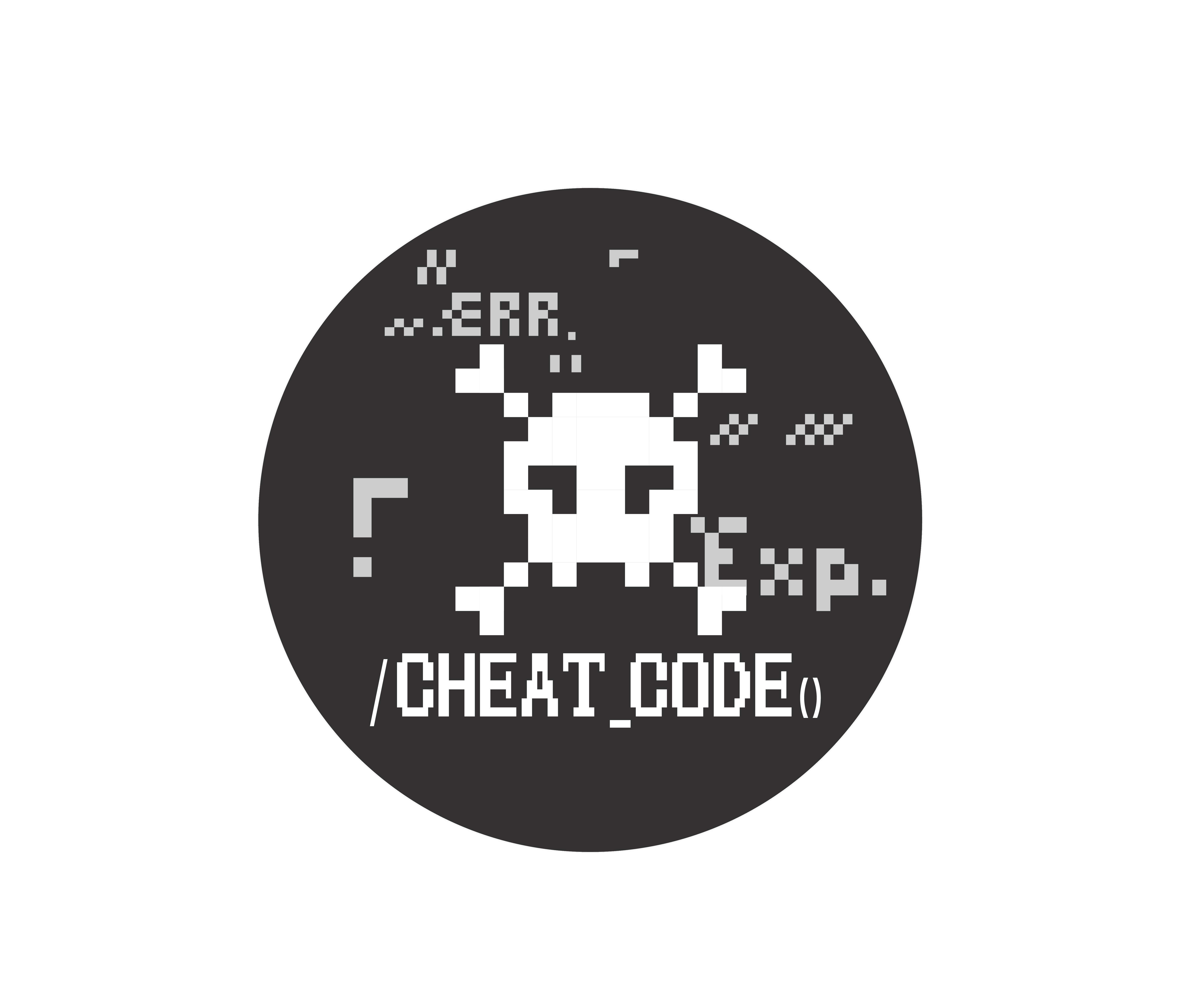Meaningful involvement of GAI
In order to understand the industry more, our team did some research on the current usage of Gen AI in the game industry.

One of the questions we were frequently asked was
“Why does it have to be a generative AI?”
If we prepare 100 or 1000 pre-made words, image, and riddles and randomize them instead of generating image & riddle from user input in real-time, would it be similar or even better quality experience for the players?
For now, it might look so. However, eventually real-time generation from user input would enable a totally different gameplay experience in the future.
Playtest with prototype 1 & 2
We also developed the second version of the game. With the playtest’s feedback of the first prototype in consideration, we first focus on addressing the fairness between two players. In the second prototype, our players are equally involved throughout the game. For example, Player 1 input “apple first”, and in response, an image of apple fish is generated in the game environment. At the same time, Player 2 does the same thing, but with the output “”Bug milk” Then, each player is provided with a riddle which pertains to an item the other player generated. In this case, player 1 generates “apple fish”, but according to the riddle she needs to find “bug milk”. In order to win, players need to solve the riddles and locate the assigned items. We believe that this solution provides a balanced and competitive experience for both players.
We also received feedback that there was limited involvement of Genai in our core game play. Originally GenAI was only responsible for the image generation portion. As a result, we expanded the use in the second prototype. Our time utilized ChatGPT to generate riddles as hints for players, as well as a categorization system. This system determines where the generated items are located throughout the environment. We believe that the expanded use of GanAI not only allows us to provide engaging hints but also allows us to customize and populate the environment with the imagination of players.


Additional feedback from playtests indicates that there are areas for improvement in the game. Players have noted that the camera movement isn’t smooth, potentially causing 3D sickness. Additionally, items on shelves are too small, making it challenging for players to check details. The riddles provided aren’t effectively guiding players to locate items.
Proposed features for consideration include incorporating a magnifying feature, adding more visual hints like billboards, refining Chat GPT prompts for clearer riddles, enhancing the riddle-solving experience to feel skill-based, allowing players to choose criteria for riddle prompts to encourage strategic thinking, and implementing a tutorial with instructions and animations at the beginning of the game to showcase the narrative and gameplay.
